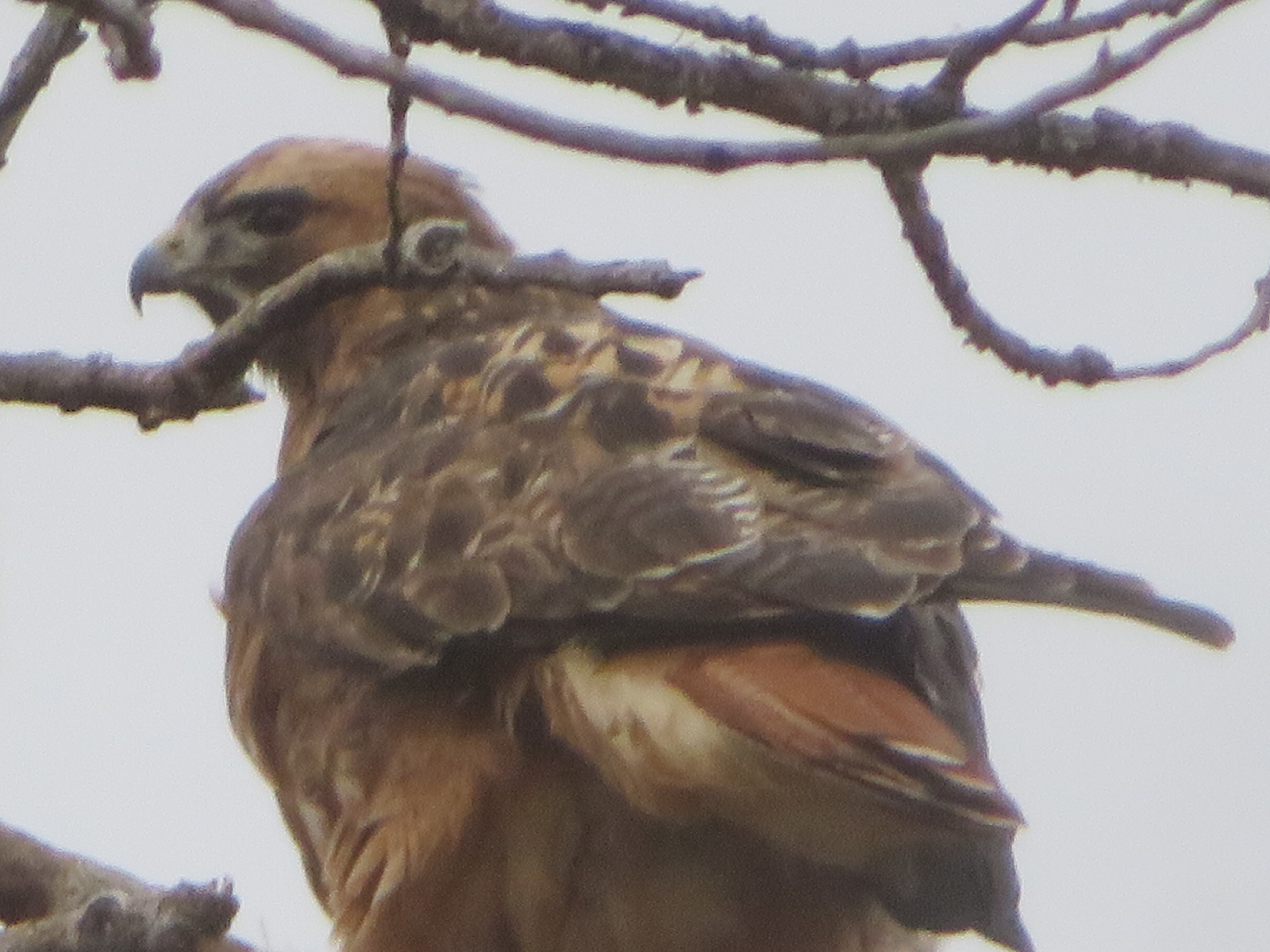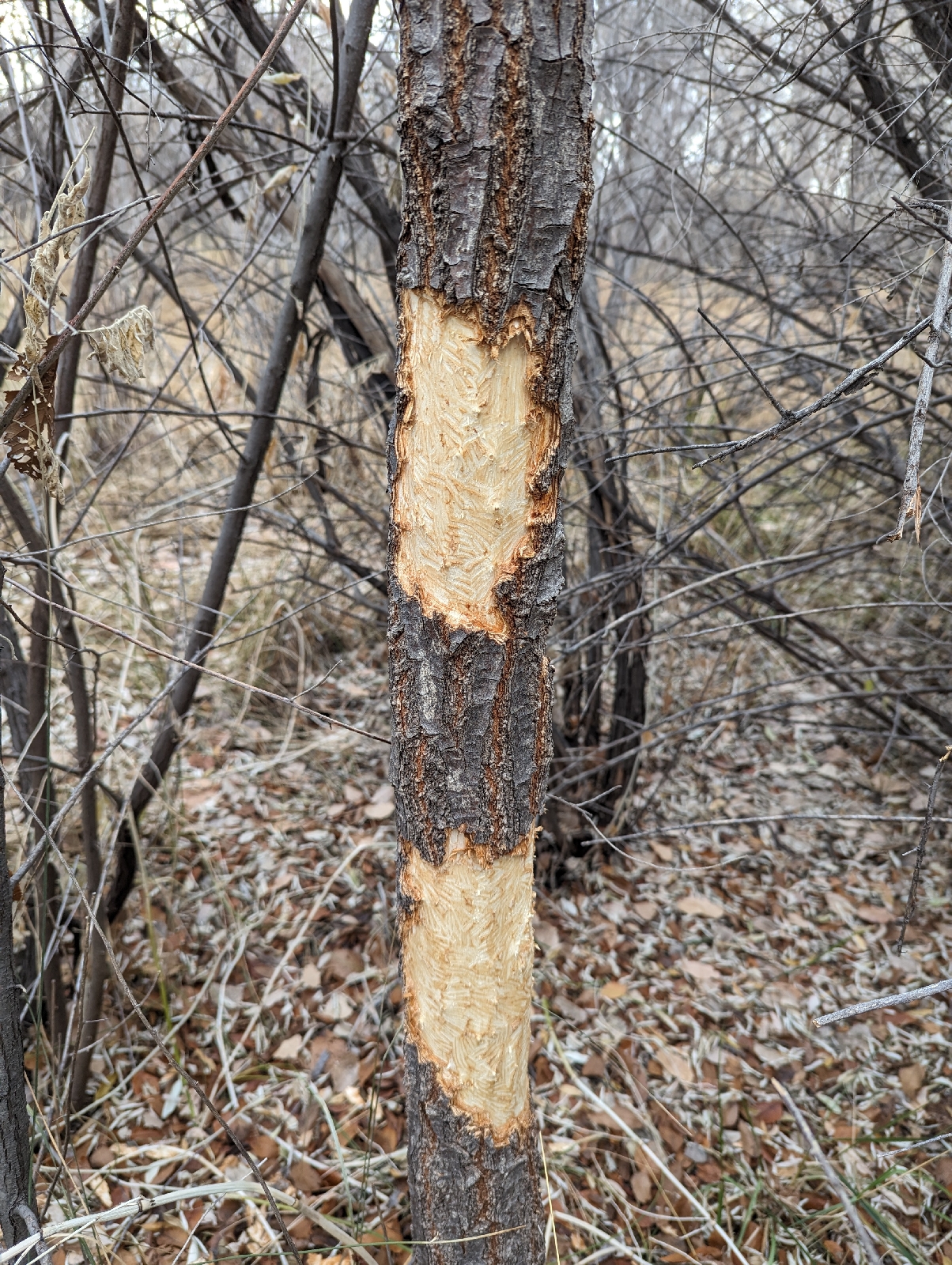“Plants are more courageous than almost all human beings: an orange tree
would rather die than produce lemons, whereas instead of dying the
average person would rather be someone they are not.”
―
Plants and their relationships to us is complex, thought provoking, and often misunderstood. It is undeniable that our lives are closely connected with those of a photosynthetic ilk.
It is a fact that the mistletoe is a misunderstood plant. There is a lot of internet data about it's use in Christmas traditions, and also how to eradicate it. The prodigious amount of repeated data on the internet seems to be obscuring and also plain wrong. Even the earliest descriptions by Pliny the elder of druids climbing oak trunks on the sixth day of a waxing moon to collect a fecundity decoction after sacrificing two white bulls seems to be a bit of an insider joke. English forms of mistletoe very rarely grow on oak trees.
In Wales and Somerset, growing mistletoe on old apple trees is seen as a way of encouraging a good harvest and there is much talk about elves hunting for children during the winter solstice and other pagan imagery dreamed up by a 13th century poet known as Thomas the Rhymer.
Comparing the myths of mistletoe with that of this little shrub, know as "pussy-toes" due to its soft furry leaves that help it survive cold nights and dry days is a study of contrasts. While the plant is well known, there is almost nothing noted, or of note about it. Maybe because it is common and doesn't have myths associated with it being poisonous, or useful for amorous stunts at Christmas time.I honestly don't know what this common plant is, but I know the new crop is busy growing now and is likely to be very common come summertime. They like well drained sandy soils and exclusively found on open, disturbed soils with heavy traffic. While birders will often share their information with random strangers, botanists tend to keep their knowledge a secret.
The american coot usually prefers open and deep waters, but they are found in Corrales from time to time. Like all the new arrivals, it takes a few weeks for the anxiety around people to dissapapte
A coot is not a duck, and while it swims well, it's feet are lobed, not webbed like a duck, the genus is actually closer to the crane family. They can dive, unlike the mallards, which are just too buoyant to go much below the surfac. They build floating nests which means their eggs never become flooded.
The say's phoebes are insect eaters so will be seen on their ambush perches once the insects begin to appear. Their quick, furtive movements are very endearing
The ubiquitous red tailed hawks commonly watch over the open meadows from a lofty perch. Their powerfully build bodies are well adapted to pouncing on small mammals below. While they prefer open ground, they usually need a tall perch to hunt from.
The cooper's hawks are much smaller and better at dodging around and through thick vegetation. This one has just captured a roadrunner. It was startled during feeding by me, and after failing to fly off with the carcass, in now standing its ground. You can see the blood under the hooked bill. The prey weights about 10oz, the same as one large avocado. People's small pets have nothing to fear from this pint sized predator.
Roadrunners are infrequent visitors to the bosque. They are pretty safe in open grass lands where they crouch close to the ground when they see an aerial attack coming. This one is spreading the feathers on it's back open to be able to feel the warm sun on it's bare skin patch.
Predators have specialized needs when it comes to hunting. The crab spiders use camouflage to get close to their prey. They have the ability to walk backwards, which is kind of rare in spiders.
Running crab spiders are related to the long legged crab spiders, but more built for movement and travel rather than pouncing and grappling. The second pair of legs are the longest, and they look more slender over all.
Cellar spiders have been evolving for over 300 million years and are perfectly adapted to living in your house. This accidental coincidence is because they are designed for living in dry caves, which is what a house essentially is. Their thin legs are very sensitive to vibrations, which is helpful where there is little natural light. Their prey diet is very sparse and small. While this seems odd, they do not have competition from other spiders so do not need heavy mandibles and tough armor. They specialize in huge sheets of non sticky webbing and actually are pretty adept at catching other spider species. Those long appendages are good for wrapping a struggling insect at long range.
Dragonflies have been seen catching over 100 mosquitos per hour in favorable conditions. Their complex breeding cycle actually prevents too many hunters being found in any one area, though so their presence is not a surefire way to eliminate them.
It can be depressing to consider the humble mosquito and human's reactions to them. These insects have constantly evolved to be resistant to new insecticides. They have adapted to living in urban environments. This means they can survive freezing winters by living in drainage pipes. No one system is effective at eliminating them. Our best treatment, DDT, nearly wiped out birds before we knew what was happening. Even worse, the most effective program to eliminate mosquitos is found in Florida...at Disney Land.People living up on the Bajada of the western slopes of Corrales get amazing views of the many moods of the wild Sandia mountains. You can see thick clouds flow over into the lee slopes that shine with wild hues of gold, pink, greys and purples each evening. The effect is enhanced in the winter with the thin white blanket the rocks are covered by.
The longest day of winter is almost upon us and we light the fires to hold back the darkness in that vain effort to be comforted in the icy blackness. Actually this was the 2023 Corrales Fire Department bonfire and the green chile stew was quite comforting.
Not all animals are as happy. Its a tough time to be a mammal right now. The porcupines have begun to run out of fallen fruits like apples and New Mexico does not furnish much hard mast like nuts, so they have begun to chew the inner cambium of young trees until the buds appear. Actually some trees do have buds, including elms and cottonwoods.Mistletoe appears to be a favored food, due to its succulence. During the winter porcupines seem to spend almost all their time in older trees snoozing in the crook of a branchAll the mammals, from porcupines, gophers, rabbits and skunks are moving around more right now. The skunks are foragers and love to explore horse barns looking for mouse nests. The species gets hit often by cars, especially at the south end of the Corrales Main street where there is a large apple orchard on the west side. The vast majority of the roadkill deaths are amorous males, dying in search for love without the benefit of mistletoe to smooch under.


















No comments:
Post a Comment